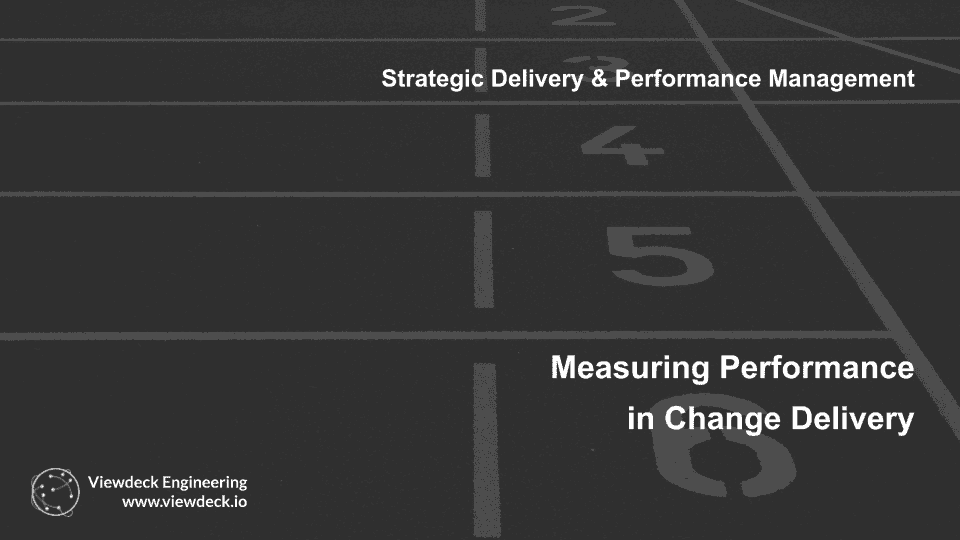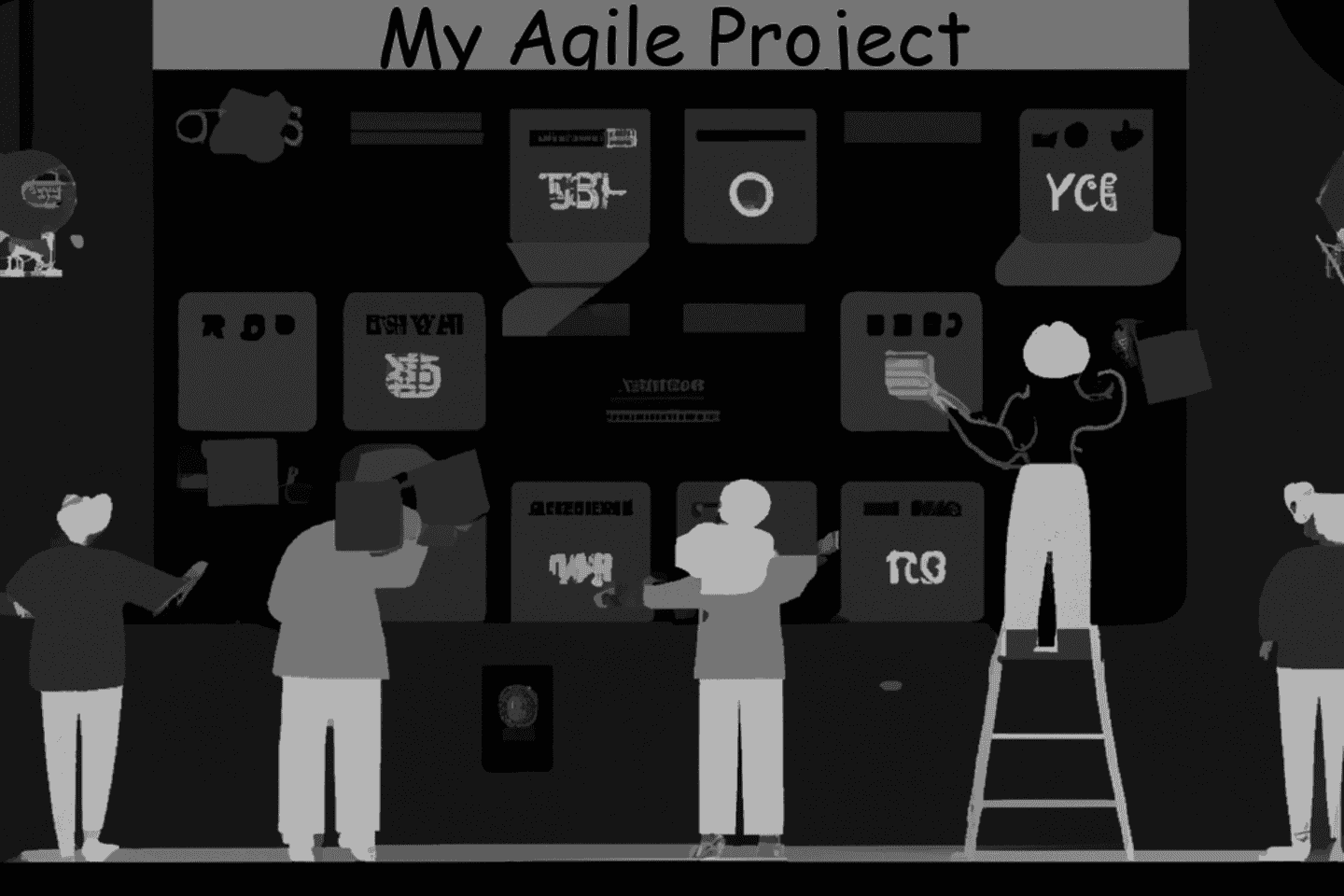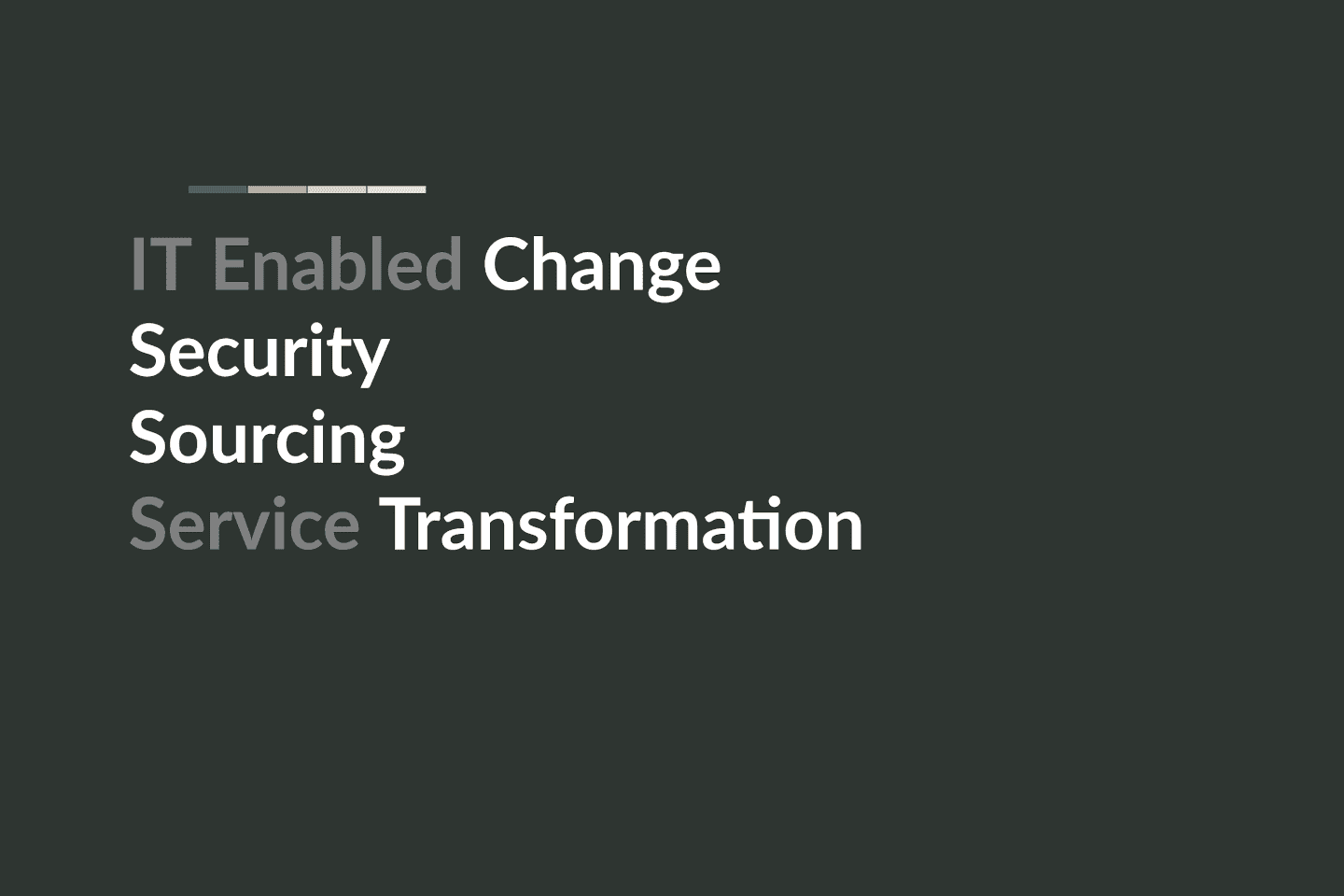Understanding and Developing your Sourcing Strategy
Maximise value for money, reduce costs, and increase efficiency from Strategic Supply.
Strategic Sourcing is an essential part of business and SIAM operations, enabling organisation to maximise value for money, reduce costs, and increase efficiency from their strategic suppliers.
Whats is Strategic Sourcing ?
With a Strategic approach to Sourcing, you can look to acquire and then manage the critical goods and services that you need to purchase from third parties and outsource providers.
Businesses look to utilise specialist third party providers to help deliver non-core or commodity services to help reduce costs, risks and investment needed to deliver activities, that other service providers have already developed market leading goods or services.
Strategic Sourcing looks to provide the right services, with the best value for money, for the organisation. It involves the evaluation and selection of suppliers based on their ability to provide the best quality, at the right level of risks, at the best 'full-life-cycle cost'. The goal of strategic sourcing is to optimise the outcomes and spend, while improving the value derived from the resources spent ( through the products or services purchased ).
Strategic Sourcing Objectives
We can summaries the objectives of Strategic Sourcing. Clearly each organisation and its own needs will impact the importance and positioning of each objective, but this outline provides an overview of what Strategic Sourcing is typically looking to achieve.
- Delivery of value for money, appropriate quality services to meet business needs, with effective Governance
- Enterprise function that delivers with agility and flexibility
- Support Innovation and Change throughout the delivery Life-cycle
- Balance between demand and supply, to support Business Need
- Commission, measure and manage work (services) based on Outcomes
- Enable friction-less, responsive supplier/business contracts
- Encourage/drive Partnering Behaviours with suppliers and partners
- Support change in the sourcing approach as the business needs or external environment changes
Holistic Approach to Service Delivery
Strategic sourcing is closely related to service design and transformation in several ways. For example, when designing a service, it is important to consider how strategically sourced suppliers can improve the value (or benefit) of the service. Strategic sourcing helps to
- identify potential providers that can deliver goods or services ( within a cost-effective budget ) while meeting quality, risk and performance standards.
- support an organisation to create competitive advantage, by being able to provide high quality outcomes for reduced levels of investment, and
- manage the supply chain, to ensure that it receives, and continues to receive, the right products and services within the performance, risk and agility required.
Strategic sourcing should take an active view of Service Improvement and transformation, by ensuring the evaluation of current suppliers, and exploring new sources that can offer better opportunities (from quality, cost, risk or agility perspective). Both market research and engaging in competitive bidding processes, can develop more tailored procurement that can lead to improved service delivery. It can also provide organisations with insight into emerging technologies or trends that could be used to improve or develop new capabilities or improve existing offerings. Strategic sourcing can additionally help organisations identify areas where they may need to invest in additional resources or personnel in order to achieve their goals, or help focus resource allocation to ensure that the right investments are made in the right areas to maximise returns.
Strategic sourcing is an essential part of business operations and change delivery; it allows businesses to maximise their value for money, reduce costs, and increase efficiency.
Implementing Strategic Sourcing
Each situation requires a tailored approach, but the process summarised below outlines a standard approach, that you would look to follow in most situations ( in order to implement the key structures of a strategic approach to sourcing).
- Develop a comprehensive sourcing strategy: Including developing Vision, Principles, objectives, criteria, timeline, and a budget for the procurement process(es).
- Identify potential suppliers: Research existing marketplace, suppliers, search databases, and develop contacts to find potential suppliers who can meet requirements.
- Evaluate potential suppliers: Establish a selection process and balanced scorecard to assesses each service on agreed criteria (quality, cost, delivery, agility etc).
- Negotiate terms with suppliers: Negotiate terms that are fair and beneficial to both parties, such as pricing structure, payment terms, warranties and guarantees. Identifying agreed KPIs; and where partnering/joint outcomes can be developed together.
- Establish supplier relationships: Establish and develop long-term relationships with suppliers to develop value for the organisation.
- Monitor Service performance: Regularly review service/supplier performance against agreed KPIs, and ensure that they maintain quality standards and meet delivery dates.
- Communicate expectations and needs: Keep open lines of communication with suppliers to ensure that both parties are meeting expectations and needs. Create Governance, Escalation and Resolution processes.
- Service Improvement: Establish a feedback mechanism that allows you to collect and review supplier feedback.
- Full Service Life-cycle. Manage the entire service life-cycle, from sourcing to selection to contracting and beyond, to ensure that the organisation is getting the best value for its money, managing risks and maintaining the best outcomes.
The Benefits and Risks of Strategic Sourcing
Strategic sourcing offers many benefits to businesses and programmes, including :-
- improving the overall competitiveness of a business by reducing costs, improving quality, and increasing efficiency.
- reduce their supply chain risk, while simultaneously improving their ability to respond quickly to changing market conditions.
- provide access to new technologies or services that could give businesses an edge over their competitors.
While there are many benefits associated with strategic sourcing, there are also risks that must be managed, including risk of
- Supplier failure or bankruptcy. This can lead to serious financial losses if a business has relied heavily on the supplier in question.
- Quality: for services do not meet the standards set out by the business for quality or delivery timescales, and
- Unreliable or trustworthy supply..
Why You Should Take a Strategic Approach to Supplier Sourcing
Taking a strategic approach to supplier sourcing is essential for successful delivery in complex, scaled service or change delivery environments. By carefully assessing potential suppliers and understanding their capabilities and potential risks associated with them, businesses can ensure they select the best possible sources for their needs. Additionally, having a clear plan for how these suppliers will be managed is essential for ensuring long-term success with strategic sourcing initiatives. By taking a strategic approach to supplier sourcing, businesses can reap all of the benefits associated with this important process while minimising any associated risks to delivery or business continuity.
Strategic sourcing offers many advantages to businesses that choose to pursue it. However, there are also risks associated with this process that must be managed in order to ensure success. By taking a strategic approach to supplier sourcing and managing these risks effectively, businesses can maximise their value for money while minimising any potential losses due to supplier failure or bankruptcy.































